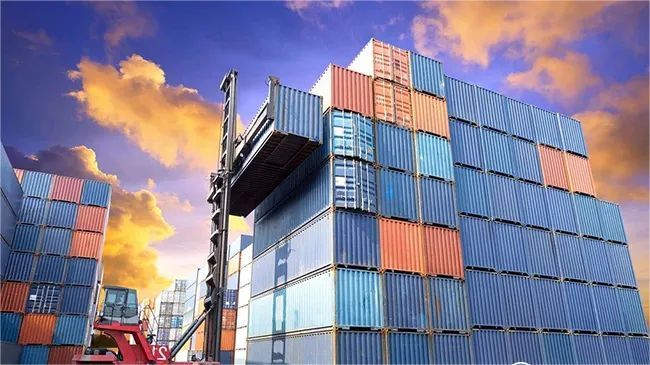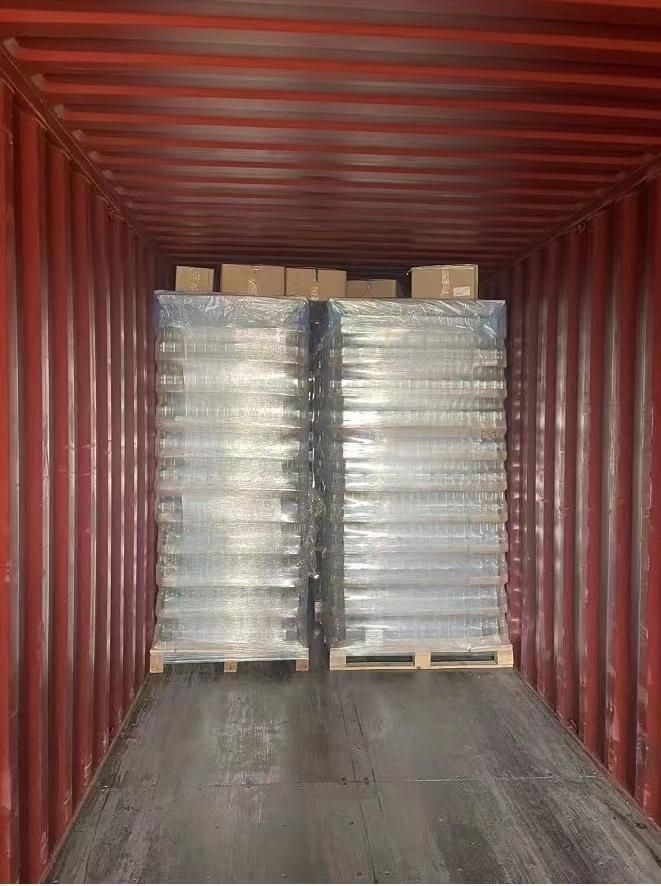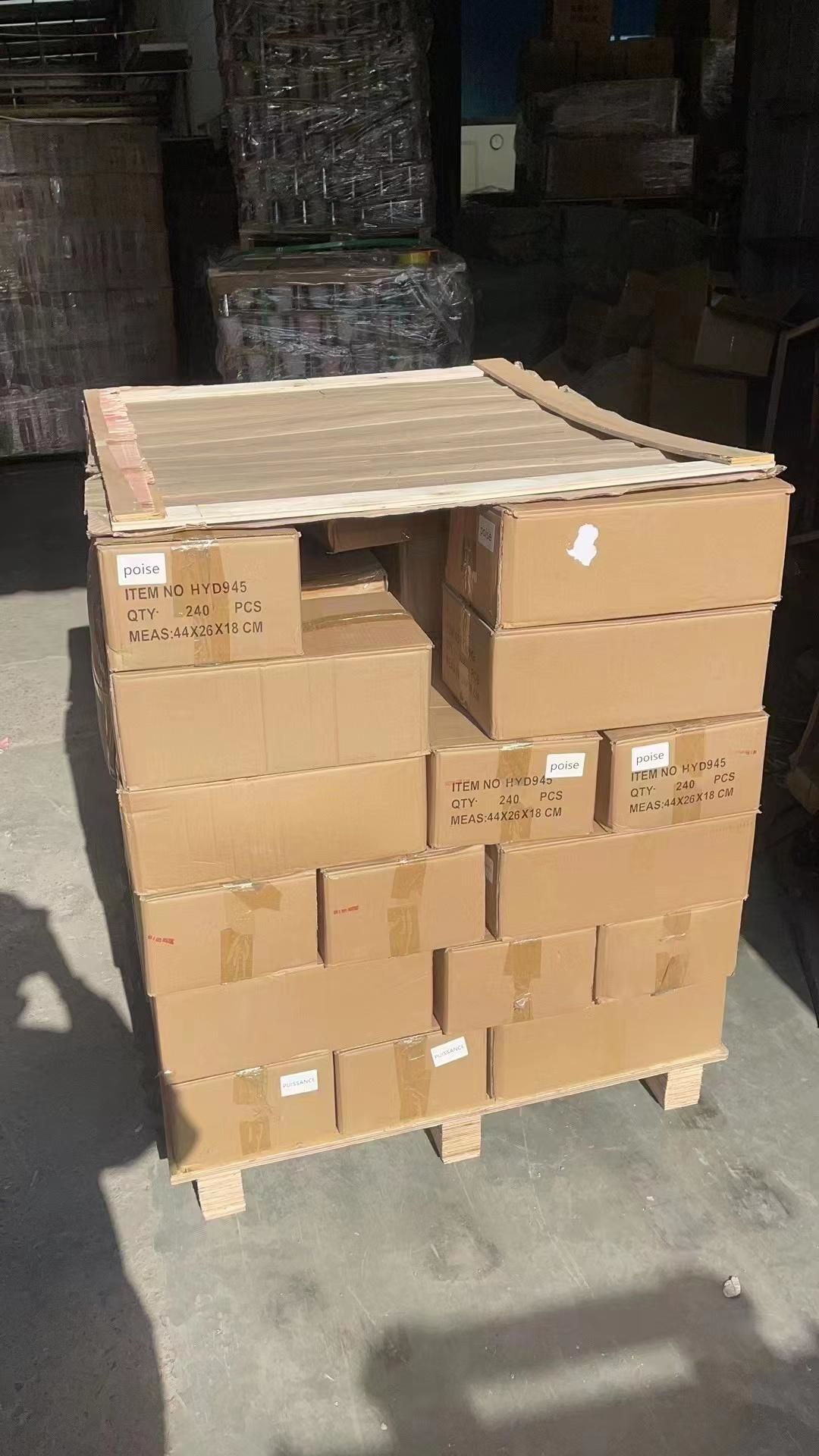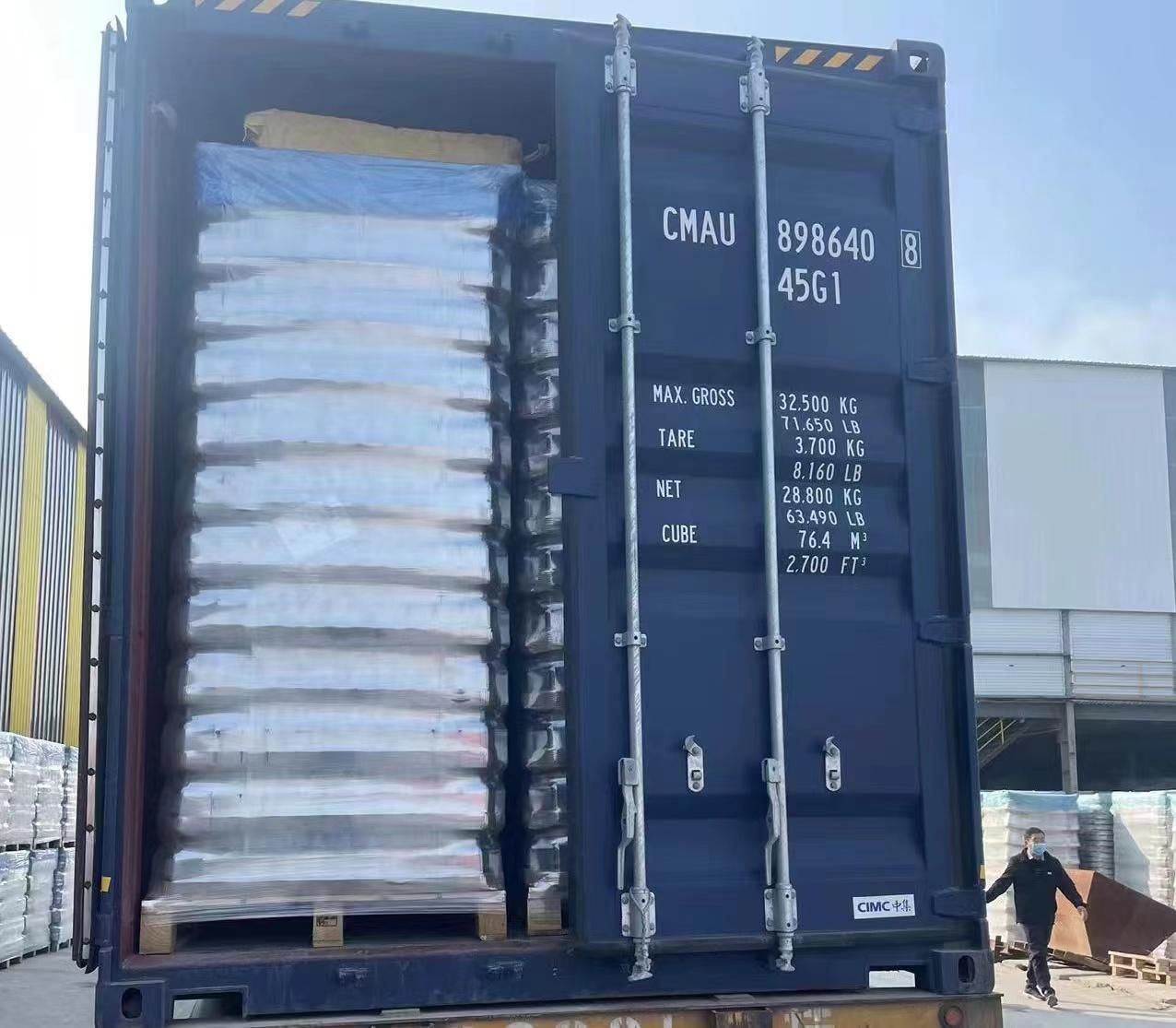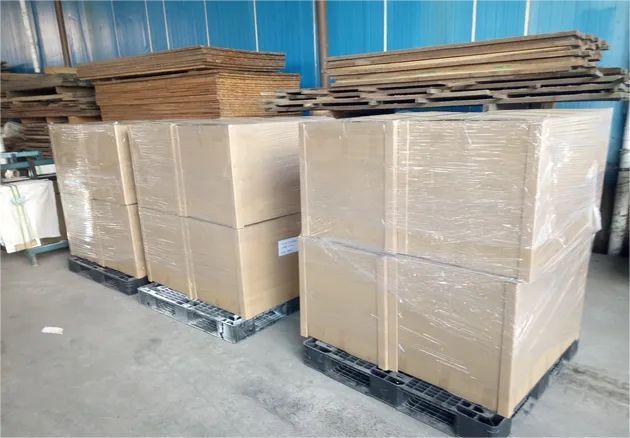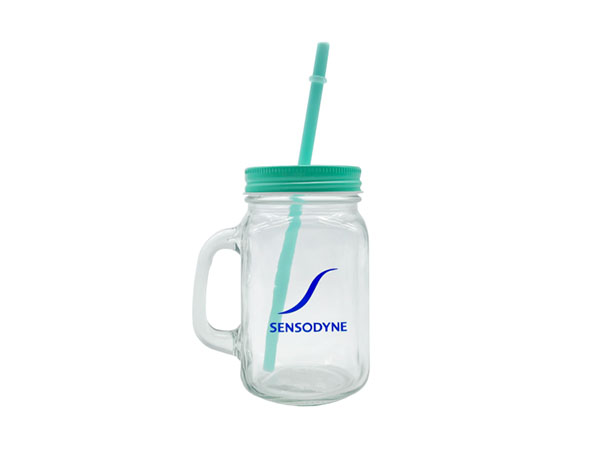For international trade business, the most important link in the export process is to use containers to ship goods for export, especially for fragile items such as glass bottles. This article mainly discusses some precautions in the process of container shipping glass bottles.
First, the packaging of glass bottles,At present, the glass in our country is packed with containers, A-shaped, t-shaped frames, suit frames, folding frames, disassembly frames, and wooden boxes, and various plastic bags or paper packaging spacers are also used between the glass, but the glass shall not be placed horizontally or obliquely when it is packed, and the glass and the packaging box shall be filled with light and soft materials that are not easy to cause glass scratches. The materials of the article cushions shall be substantial and not easy to shake and squeeze.If it is necessary to pack glass in wooden boxes, first make wooden boxes according to the size of the glass, and then put the glass vertically in the wooden box. If the box is too heavy, iron shackles shall be used around the wooden box to prevent the wooden box from falling apart due to its overweight.For glass transportation without outer package, there must be plywood and tight rope fastening protection to firmly fix it. In this way, it can be ensured that there will be no impact due to movement, and finally there will be fine lines. In addition, the use of plastic foam for filling can also ensure that there will be no scratches between the glass and other phenomena, ensuring the quality of its use.
Don't forget the packing mark. After the glass is packaged, people also need to deal with its outer packaging accordingly. The outer packing box of glass must be marked with: face up, handle gently and place upright, be careful to break, glass thickness and grade, and stick fragile labels if possible. If there are no such hints, people will place them at will when carrying, which will easily cause the internal glass to break. Therefore, Freight Company and Logistics Company require you to mark these information after packing the glass.
Glass loading and unloading truck. Whether it is packaged glass or unpacked glass, when loading, the length direction must be the same as the moving direction of the transport vehicle. The glass shall be lifted and placed with care and shall not slide at will. The glass shall be placed upright and close to each other without shaking and collision to prevent vibration and collapse. If there is any gap, it shall be filled with straw soft material or nailed with wooden strips. When carrying glass, try to contact and collide with hard objects. After the vehicle is loaded, cover the canopy, bind and fix the glass to prevent the glass from adhering to each other after being exposed to rain, which may easily break when it is separated; The binding rope shall be reinforced in more than two ways, and the single way reinforcement is prone to loose and fracture of the reinforcement rope. During loading, the quantity of glass placed on both sides of A-frame shall be basically the same. If the quantity of glass on both sides is too different, the weight will lose balance and it is easy to reverse the frame. If one side is really needed, reinforcement materials shall be used to support the vehicle.It is particularly important for Logistics Company to remind you that you should not load or unload the glass unilaterally. Only when both sides load and unload the glass at the same time can you effectively avoid collapse accidents due to weight loss.
The transportation path should be flat. In the process of glass transportation, the safest and most reliable mode of transportation is to use a whole vehicle or a batch of bulk glass, which must be assembled and transported together with other goods. When it is placed on the A-frame, attention must be paid to fixing and adding soft pads. After the glass is stacked, it should be firmly tied with a rope. At the same time, it should not be mixed with articles that are afraid of moisture and heat, flammable, easy to absorb, and easy to pollute. In order to ensure that the glass can reach the destination safely, the driving route of the vehicle is also particularly important. The driving route should be flat and spacious. If the roads are pitted, the glass inside will be broken, and the interests between enterprises and consumers cannot be guaranteed. Therefore, Logistics Company believes that the selected path should be straight and flat, and the vehicle should also pay attention to the speed per hour during driving, maintain a stable and medium slow speed, and avoid sudden braking or turning sharp corners and violent vibration.
Storage mode of glass. For glass that is not used for the time being, the Shanghai freight company thinks that it should be stored in a dry room, and it should be placed on the A-shaped shelf vertically, with a 5-100 inclination to the vertical plane. Measures should also be taken to prevent the glass surface and edges from being damaged. The metal frame should not contact the glass directly, and the bottom should be padded up to about 10 cm with skids to prevent moisture and mold. If the glass is stacked in the open air, it should be padded to about 10 to 20 cm above the ground, and covered with canvas to avoid exposure to the sun, and the storage time should not be too long.
Let's briefly discuss container loading and precautions for the whole process.Record the container number and check the packing list.When the container arrives, we first need to take a picture of the container number, which is used to fill in the packing list or keep a copy. The packing list is usually carried by the driver. We check the packing list brought by the container driver according to the packing list provided by the documenter in the company, and check whether the data of the two are consistent. This is the first and most important step. Be careful not to make mistakes when checking.
Take photos of empty containers and count the number of products in containers.When the driver or container loading personnel open the back door of the container, we should check whether the container is clean. If not, we must clean it, and then take a picture of the empty container. After taking the photos of empty containers, the goods can be pulled by the platoon personnel, and the quantity can be counted while pulling the goods, or the quantity can be counted after all the goods are pulled out. The quantity must be the same as that on the packing list, otherwise the goods cannot be loaded.
Take a picture of half the cabinet.When the goods are half loaded, take a picture of half a container. Some customers require half a container to take a picture, while others do not. We should choose whether to take pictures according to the actual situation.Take a picture of the door closing.When all the goods are loaded, it is very important to take photos before closing the door.
Fill in the packing list and take photos.If the container loading data is inconsistent with the packing list data brought by the container driver, be sure to fill in according to the packing list data provided by the documenter of your company. If the data changes during the actual container loading process, be sure to notify the document to change the data in advance to ensure that the data in the document is consistent with your actual container loading data. After filling in the data, take photos of the packing list.
Lock the rear door of the container and take a picture of the lock and the rear door.After taking the photos of the packing list, tear off the bottom couplers to keep the bottom, take the photos of the locks, take the photos of the rear door of the container, and take the photos of the locks and the full photos of the rear door after locking.
Take side photos of containers.Take a full picture of the side of the container for backup.
The last step is to prepare the cabinet installation data.Finally, we will prepare the detailed information of container loading and send it to the relevant departments by mail for customs declaration, shipment and bill of lading.
In addition to the precautions mentioned above, there are some other rules that need to be supplemented.Safety first, dangerous goods. Liquids, powders, high value products, fragile products, large goods and counterfeit goods shall be marked.Product packaging should be understood. Large and overweight goods should be enclosed, and solid wood packaging should be fumigated. Solid wood frame packaging is often overlooked.
Post time: Jul-30-2022 Other Blog

